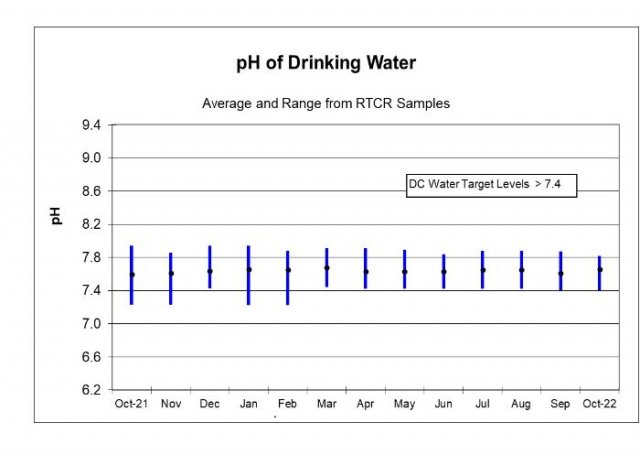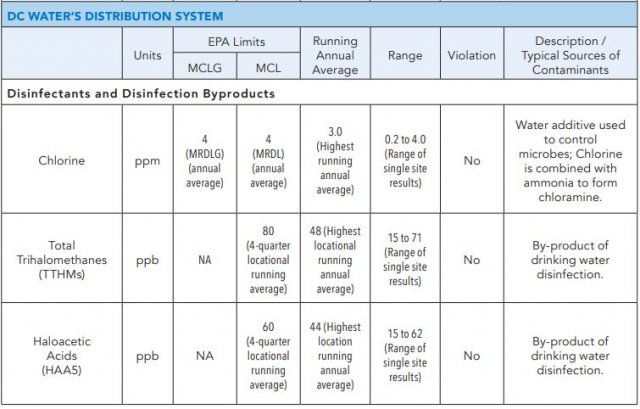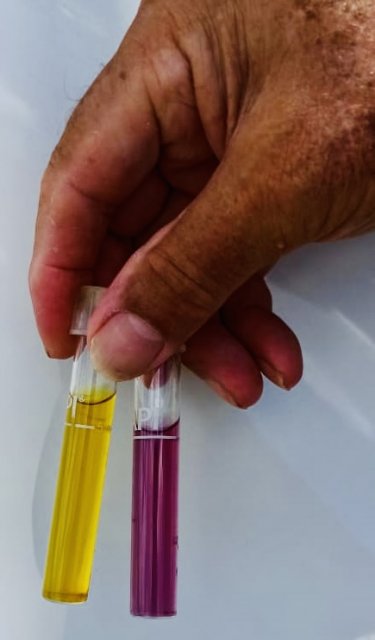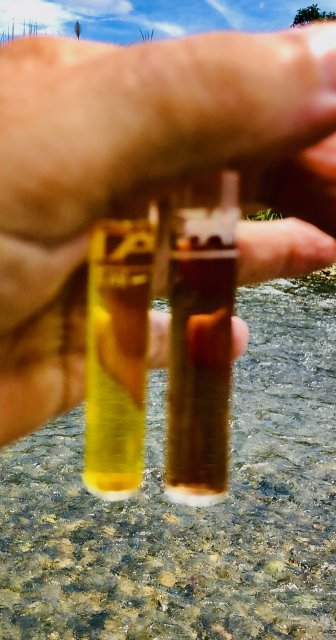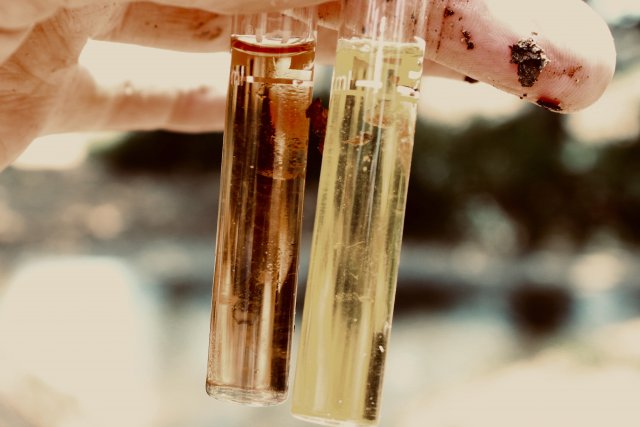An interesting thing may have occurred with feral oscars in Florida (or here in Panama) where they are commonly found.
With the attrition of those unable to adapt to the normal hard water, the feral oscars may be better adapted to normal aquarium life, in hard water tanks.
Those not able to adapt, would be naturally culled, allowing only those able to adapt, to reach maturity, to breed, and produce more of the same.
They are a common occurrence in Lake Gatun, where pH often hits 9, and salinity rises and falls with the opening and closing of the Panama Canal locks.
I believe this natural culling is a much more effective way of adaptation, compared to tank breeding where often, weak individuals are allowed to survive because of the closed systems, and where successful Oscar breeders would tend to cater to natural South American soft water needs.
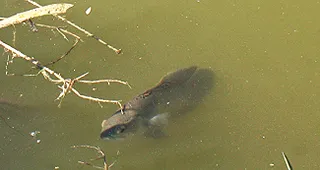
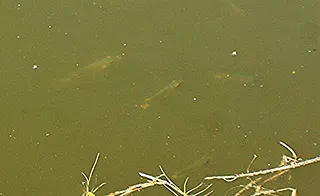
With the attrition of those unable to adapt to the normal hard water, the feral oscars may be better adapted to normal aquarium life, in hard water tanks.
Those not able to adapt, would be naturally culled, allowing only those able to adapt, to reach maturity, to breed, and produce more of the same.
They are a common occurrence in Lake Gatun, where pH often hits 9, and salinity rises and falls with the opening and closing of the Panama Canal locks.
I believe this natural culling is a much more effective way of adaptation, compared to tank breeding where often, weak individuals are allowed to survive because of the closed systems, and where successful Oscar breeders would tend to cater to natural South American soft water needs.







